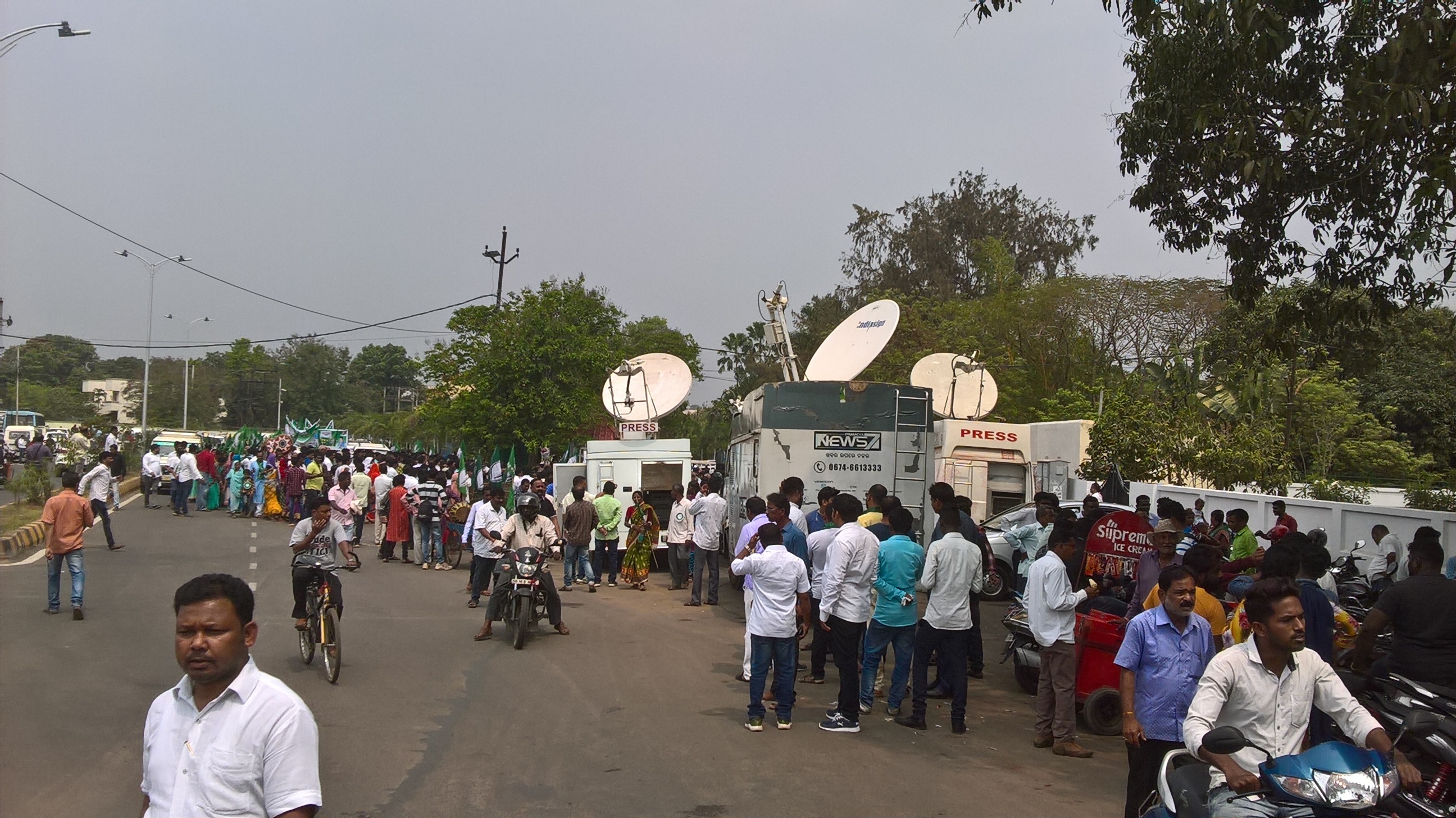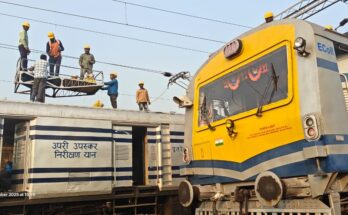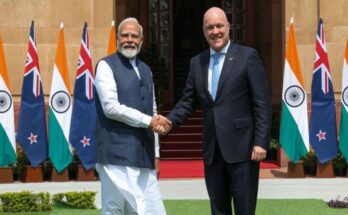By Priya Ranjan Sahu
After the announcement of dates for elections by the Election Commission on March 10, parties in Odisha have shifted to top gear as the state will have simultaneous polls for Lok Sabha and assembly.
As it was in 2014, three main political forces – the ruling Biju Janata Dal, main opposition Congress and Bhartiya Janata Party – will fight it out in the elections. As usual, the BJD is at the forefront but, this time, the BJP, which rules the Centre, is seemingly in a belligerent mood. A resource-starved Congress, which had been consistently losing base since it lost power in the state in 2000, on the other hand is fighting an existential crisis and trying to revive lost glory.
On the surface, the BJD looks well-entrenched in the state, despite BJP national president Amit Shah’s supposed ‘Mission 120 +’ targeted at 120 out of 147 seats in Odisha assembly. Shah coined the slogan in 2017 following the BJP’s success in the zilla parishad elections in which the national party edged past Congress to finish runners up to the BJD.
BJP’s Look East strategy
As such, since the Modi government came to power at the Centre in 2014, the BJP has clearly its focus on Odisha as part of its ‘Look East’ strategy that also comprises West Bengal and Northeast. Almost all central ministers including Prime Minister Narendra Modi have repeatedly toured Odisha at different times, while Shah has stressed on increasing the number of party cadres to take on the might of the BJD.
In 2017, the BJP did unnerve the BJD with its success in zilla parishad election by getting 297 seats edging past the Congress. The BJP’s tally in 2012 zilla parishad election was just 36.
Though the BJD still dominated the rural body with 473 seats, Patnaik lost no time in chalking out a counter-strategy to strengthen the BJD’s grassroots base by holding parleys with ministers, party leaders and workers. As Shah launched the BJP’s ‘Mo Booth Sabuthu Majbooth’ (my booth is the strongest) campaign to galvanise cadres at the booth level, BJD came up with Ama Gaon Ama Bikash (our village our development) campaign, with a view to preparing grassroots cadres for 2019.
The BJD’s efforts paid off with the party comfortably winning a bye-election to zilla parishad in Nuapada district and two municipality wards in Deogarh district in 2017. A year later, the BJD again trounced the BJP in the much hyped Bijepur assembly bye-election.
While the BJD and BJP were locked in fierce battle at the ground and in television studios, the strife-torn Congress was fighting for its own survival. After losing to Patnaik 19 years back, the Congress has been on a downward slide. In 2011, the Congress high command made former minister Niranjan Patnaik, said to be a resourceful man though not a charismatic leader, the president of the state unit. As the state Congress seemed to look up under his leadership, he was abruptly replaced by Prasad Harichandan as a result of intense infighting among state leaders.
Harichandan remained the state Congress chief for a long time even after the party’s dismal performance in 2014 elections. Finally, the party high command brought back Niranjan Patnaik in early 2018 to put the party back on the track.
Fluctuating political atmosphere
As the 2019 elections drew nearer, Odisha witnessed fluctuating political atmosphere which made the race between the three major parties more interesting. In December last year, the BJP received a jolt after veterans Bijoy Mohapatra and Dilip Ray quit the party. On the other hand, Congress too had its share of setback when one of its influential MLAs, Naba Kishore Das, joined the BJD.
The BJD too has its anxious moments as former party MP from Kendrapara, Baijayanta Panda, and former minister Damodar Rout crossed over to the BJP recently. Panda may not exactly a political heavyweight at the ground, but Odisha’s biggest TV channel, OTV, is owned by him. On the other hand, Rout is said to have a good base in in Jagatsinghpur district.
Besides, Tathagata Satpathy, BJD MP from Dhenkanal, quitting politics too has come as a surprise for many leaders in the party. Satpathy, who owns large circulated Odia daily Dharitri, and English daily Odisha Post, said that he decided to quit politics to devote time to journalism.
Naveen Patnaik’s announcement to reserve 33% of the Lok Sabha seats – seven out of total 21 Lok Sabha seats – for women has also made many sitting BJD apprehensive. Nabarangpur MP Balbhadra Majhi resigned from the party saying that he was “ignored, neglected and cheated”. More may follow suit.
“But all these will not make any difference because in the BJD it is only Naveen Patnaik that counts. It is an open secret that most leaders piggy-back on his charisma to win elections,” said a BJD leader.
No leader in the BJD feels that some senior leaders leaving the party would in any way affect the outcome of the polls. They however admit that ruling the state continuously for the past 19 years has its own drawbacks.
Though there is nothing much to complain about Naveen Patnaik in general, many BJD MPs and MLAs are facing local anti-incumbency. It is a challenge for the ruling party to repeat the 2014 poll performance of 20 Lok Sabha and 118 MLA seats in the face of an aggressive BJP and a silent Congress, which still has some base spread out across the state.
Race for second and third position?
Among Congress and BJP, the latter is more vocal and going to the polls with all guns blazing. A BJP leader said that the four-phase elections in Odisha, which had two-phase process in 2014, would ensure that Prime Minister Modi and party president Shah covered all parliamentary constituencies in Odisha. “I am sure we will increase our Lok Sabha tally,” he said.
On the other hand, the Congress seems to know its limitations regarding its inability to defeat the BJD to come back to power, at least not this time, and so is less ambitious. Party leaders said Niranjan Patnaik has devised a strategy to more than double the 2014 tally of 16 assembly seats. “He is focusing on around 65 assembly segments and expecting better strike rate to win at least 35 seats,” a leader said.
The Congress sources say the party is strong in six Lok Sabha constituencies including Koraput, Nabarangpur, Kalahandi, Balangir, Sungargarh and Balasore. On the other hand, BJP leaders claim their party has a fair presence in eight Lok Sabha constituencies Kalahandi, Balangir, Bargarh, Mayurbhanj, Dhenkanal, Bhubaneswar, Balasore and Sundargarh. A BJD leader admitted that fierce contest between BJD, Congress and BJP will be in 26 to 40 assembly segments under these Lok Sabha constituencies.
At the moment most political observers, including leaders from all the three main parties, say that the BJD led by Naveen Patnaik is certain to come back to power in Odisha. The political discourse is whether Congress retains its main opposition party slot or gives it away to the BJP, they say.
But, as it is often said, elections are known to throw up surprises.




